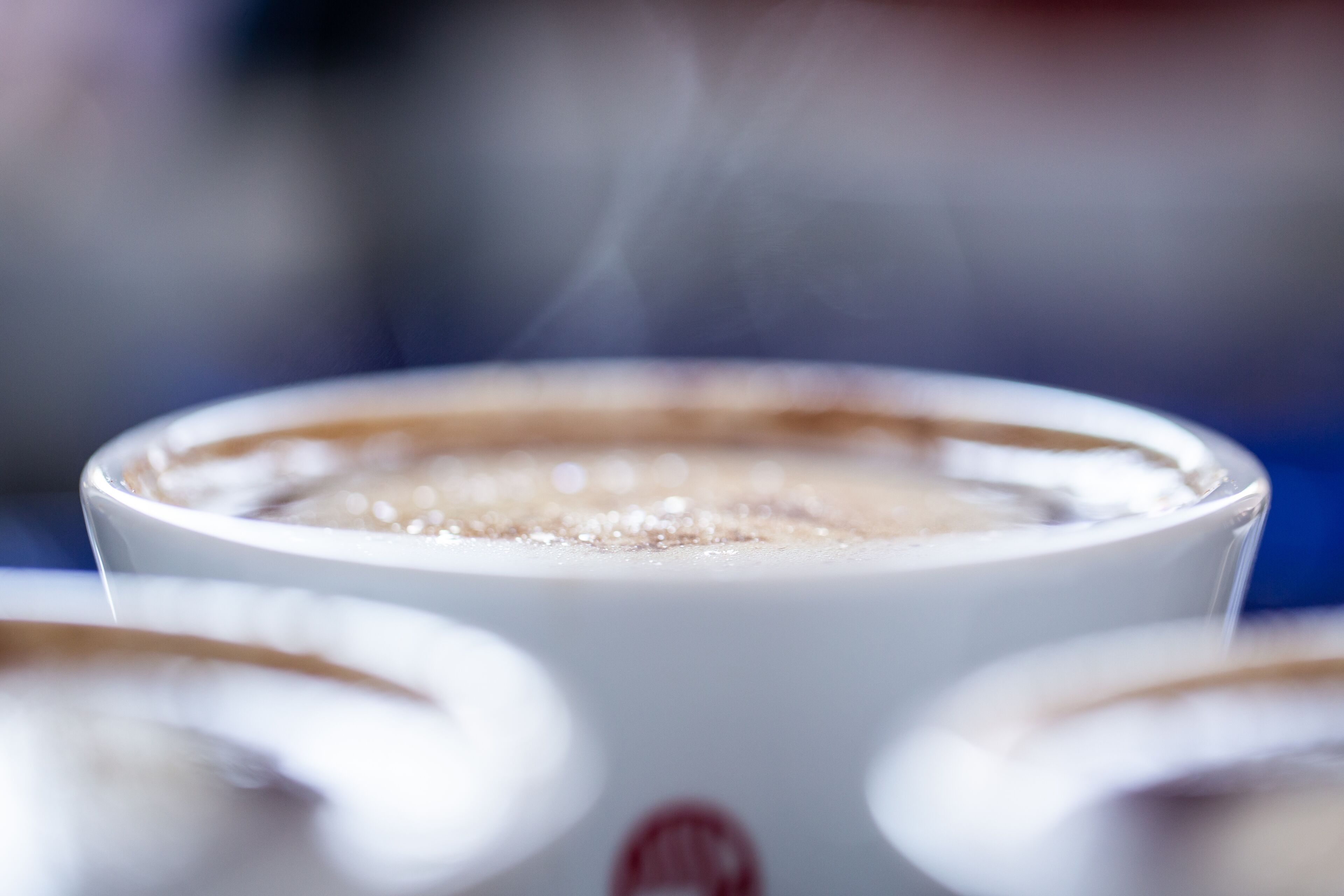
What is TDS?
We often hear about TDS in the world of coffee, and its analysis to improve extraction. But what's behind those 3 letters?
TDS, or Total Dissolved Solids
The TDS definition
TDS stands for Total Dissolved Solids. In French, it's the amount of dry residue. TDS refers to the total amount of solid components we can find in coffee, once it has passed from the ground state to the liquid state.
The TDS percentage is important because these extracted components are the ones that will affect the taste of your coffee. They are also the ones that will give it a brown rather than transparent color.
What's the difference with extraction yield?
TDS is the percentage of solid matter present in prepared coffee, while extraction yield is the percentage of solid, soluble matter present in dry coffee.
A TDS will normally be between 0.90% and 1.50% for filter and immersion, and around 14% and 16% for espresso. Extraction yield is ideally between 18-21%, bearing in mind that only 30% of coffee is water-soluble (the rest being mainly non-soluble cellulose).
TDS is normally easier to measure in a filter. Espresso coffee needs to be filtered, as it contains more solid particles, making it more difficult to reflect light.
The influence of 6 extraction parameters on TDS
To better understand the impact of extraction parameters on TDS, we carried out several tests. The coffee we selected was Bob-o-Link Nature from Fazenda Ambiental Fortaleza (Mococa Terroir, Brazil). Tasting was carried out by cupping.
Infusion time
For this first experiment, we changed the infusion time of the coffee. We first "broke" the crust one minute after pouring in the water, after 4 minutes and after 7 minutes. The result? Surprisingly, the TDS decreases as the minutes go by.
Grinding parameter
Our second test was carried out with different grinds: fine, medium and coarse. As it turned out, TDS rises with the coarser the grind.
Quantity of coffee
In this experiment, we were certain of what we were going to get: the more you increase the quantity of coffee, the higher the TDS.
We carried out three experiments, with 6, 10 and 12 g of coffee. Our initial hypothesis was right!
Brewing temperature
We carried out this test by changing the temperature of the brewed water. What did we find? A rise in TDS proportional to the increase in water temperature, meaning that the higher the temperature, the higher the TDS. This means that a coffee can be over-extracted or under-extracted, depending on the water temperature.
Water quality
For this test, we used tap water, the same water filtered in a Brita, a Volvic and an Evian. The TDS increased from tap water to Evian water, in the order mentioned above. So, we've shown that the nature of the water, rather than the coffee itself, has an effect on TDS!
Roasting color
This last test is the one that surprised us the most... even if the coffee became more crumbly with darker roast, it is undoubtedly also more impermeable. That's the main thing we observed in this experiment: the lighter the coffee, the higher the TDS.
Test conditions
What we used
- Probat BRZ 4 Sampler
Refractometer VST Lab Coffee II
Thermometer Hanna hi 935005 k Thermocouple
Ohaus 200 g scale
Neohaus Neotec II colorimeter
Mahlkönig Guatemala grinder
Roasting parameters
- Average quantity of green coffee: 82.9 g (density 6.75 kg/hl & humidity 10.0%)
- Average initial temperature: 168 °C
- Average roasting time: 9 minutes
- Average quantity of roasted coffee: 77.8 g
- Average color of whole beans: 82.6
- Average color of ground beans: 89.3 (53 being the darkest and 155 the lightest, on our colorimeter)
Cupping parameters
- 3 cups per coffee
- 10 g of coffee per cup
- Medium grind (number 4 in the grinder)
- 200 g water
- Water filtered in a Brita
- Brewing temperature: 93 °C
- Brewing time: 4 minutes
Did you like this article? Share it with your community:
